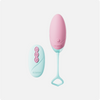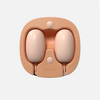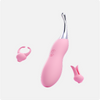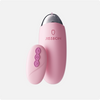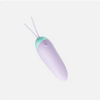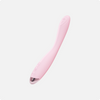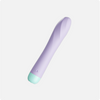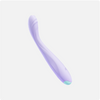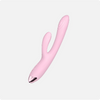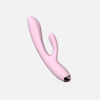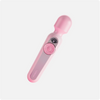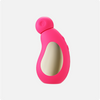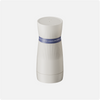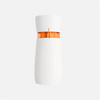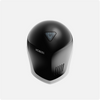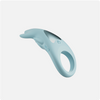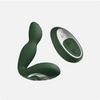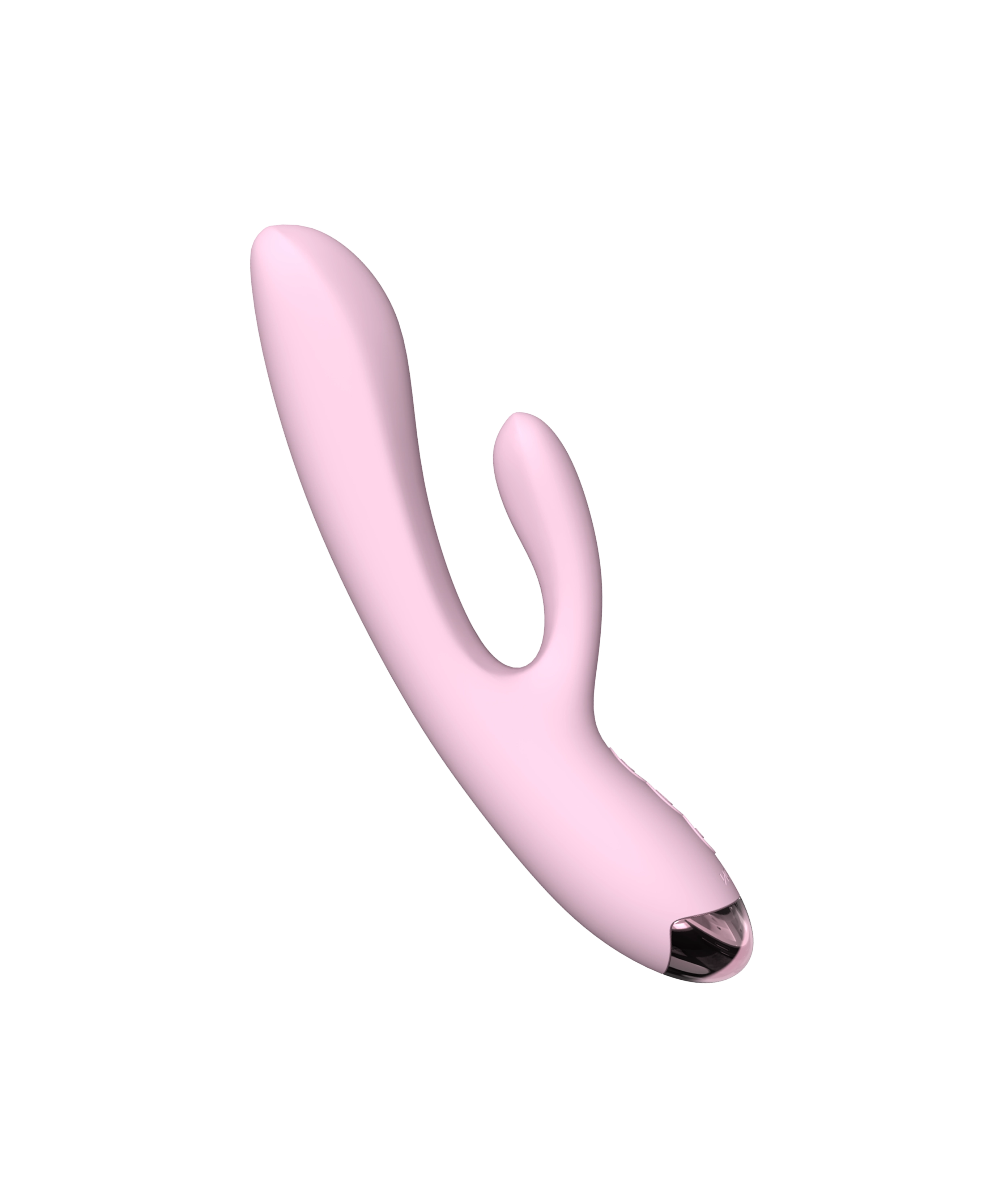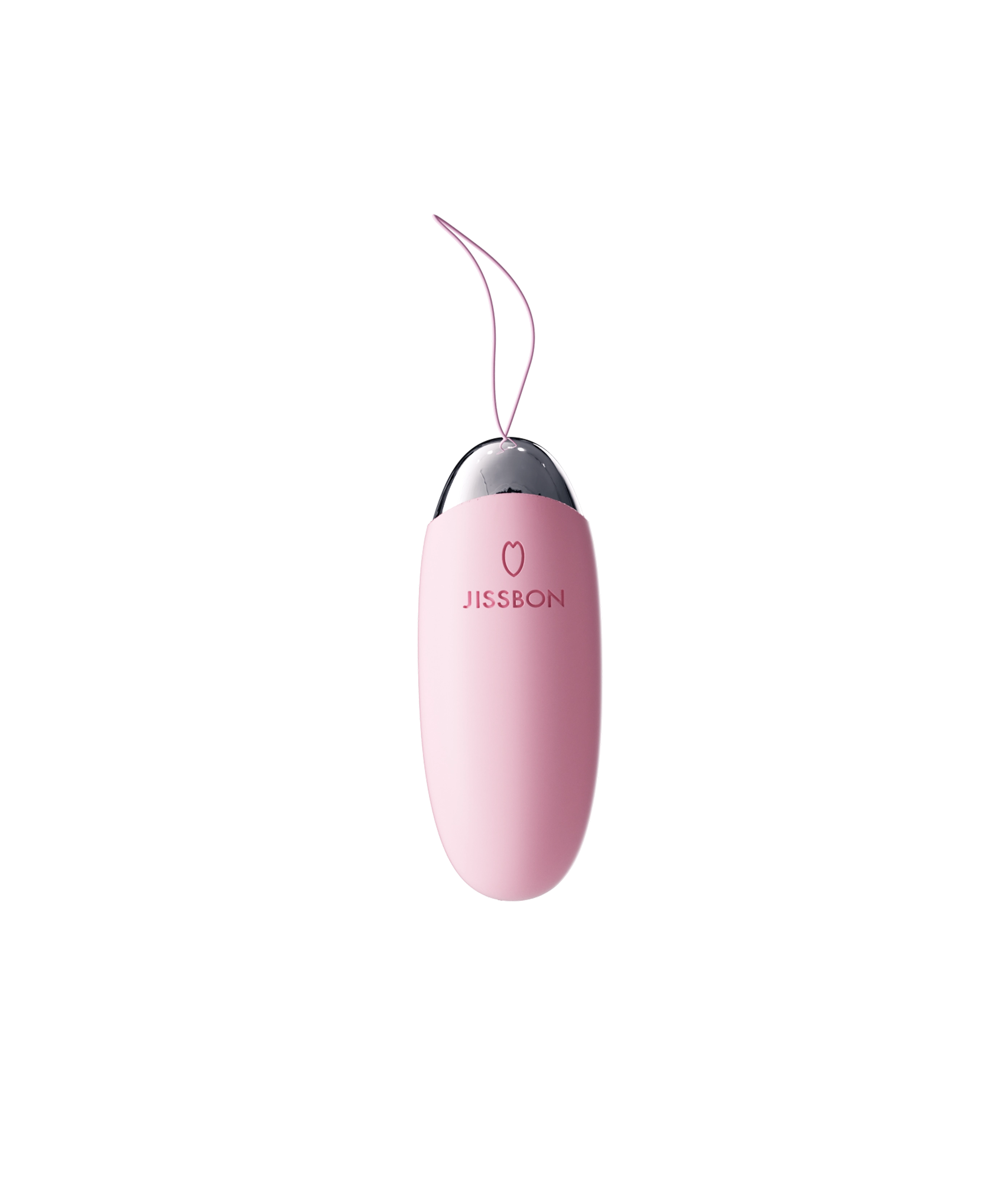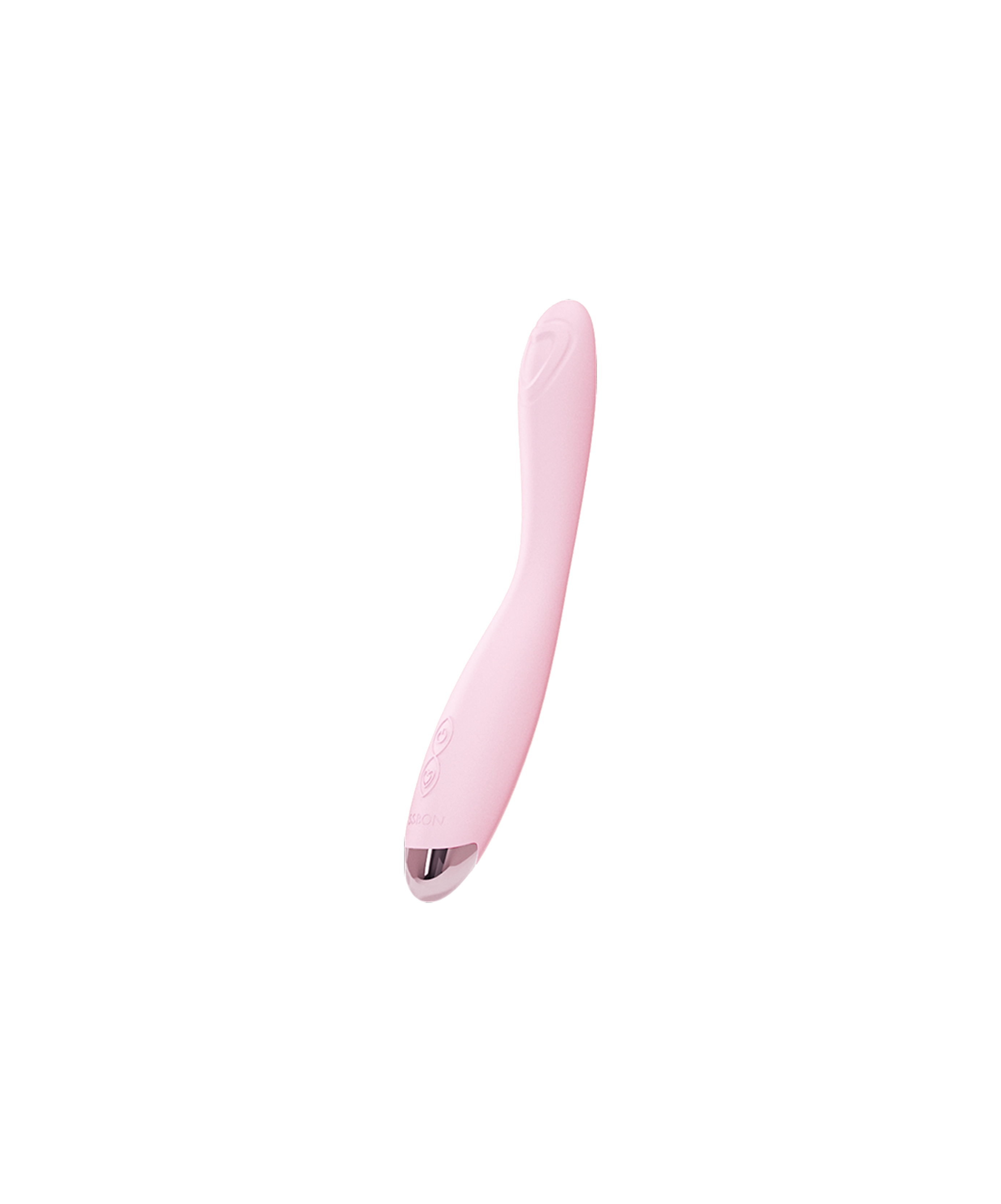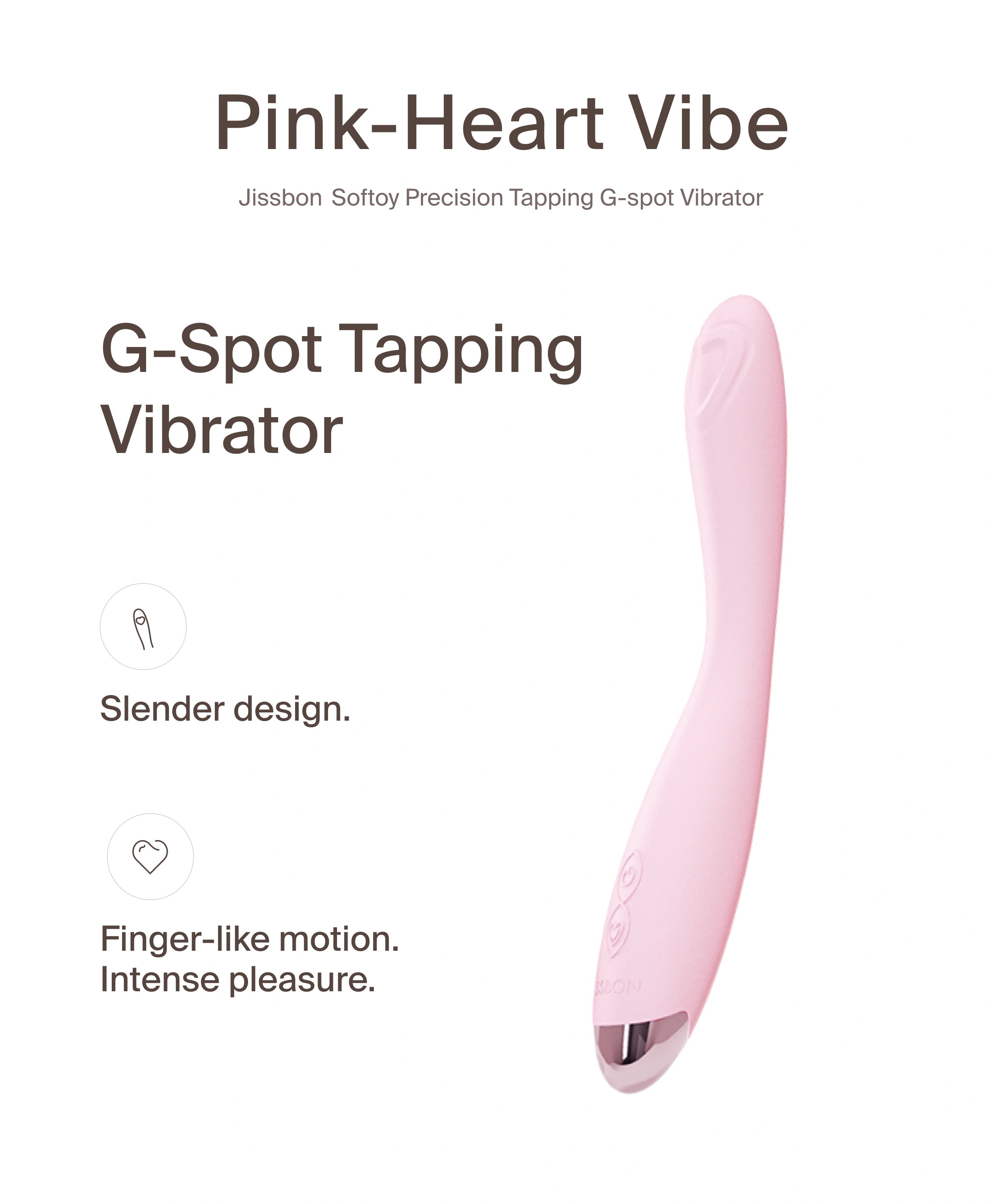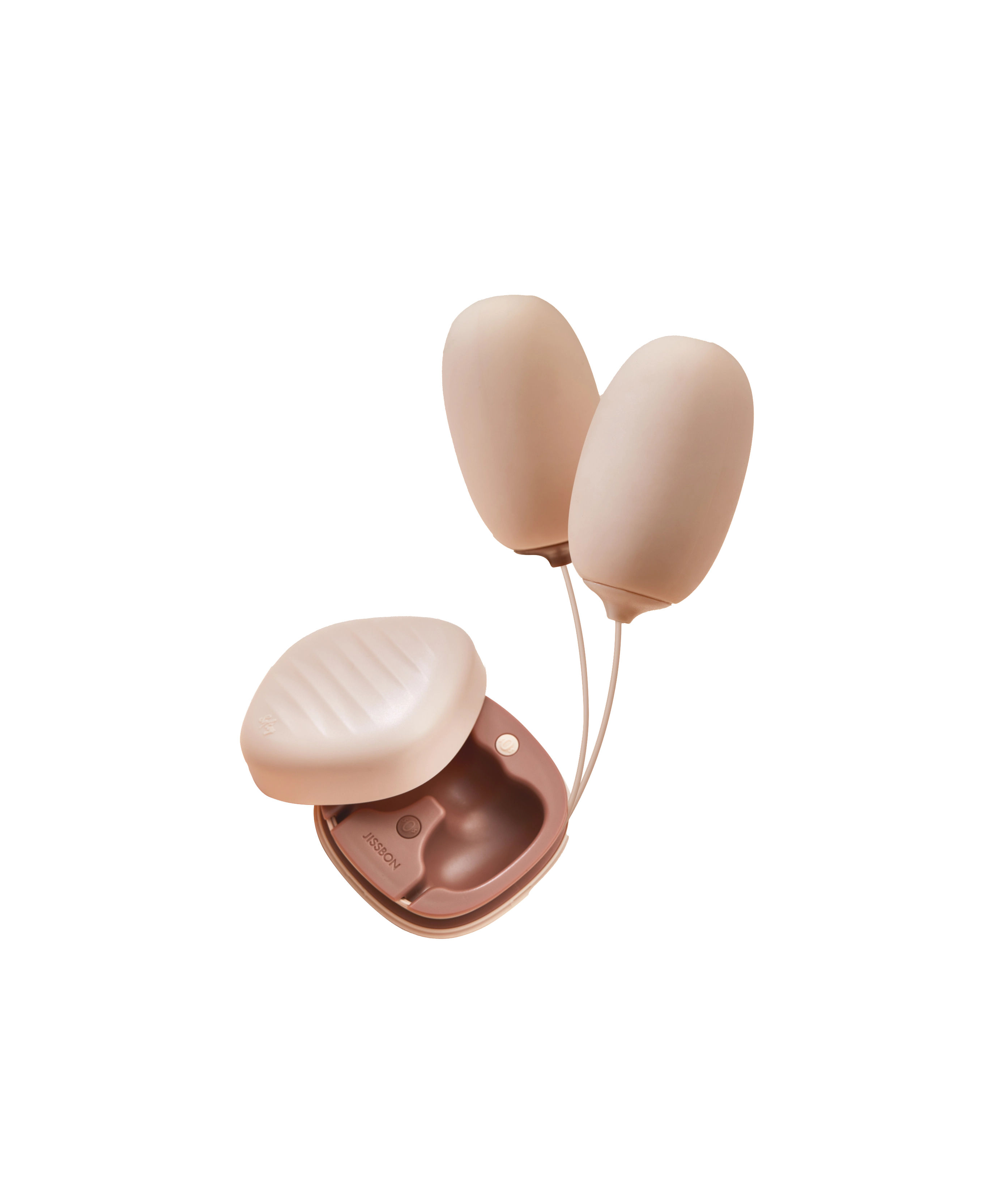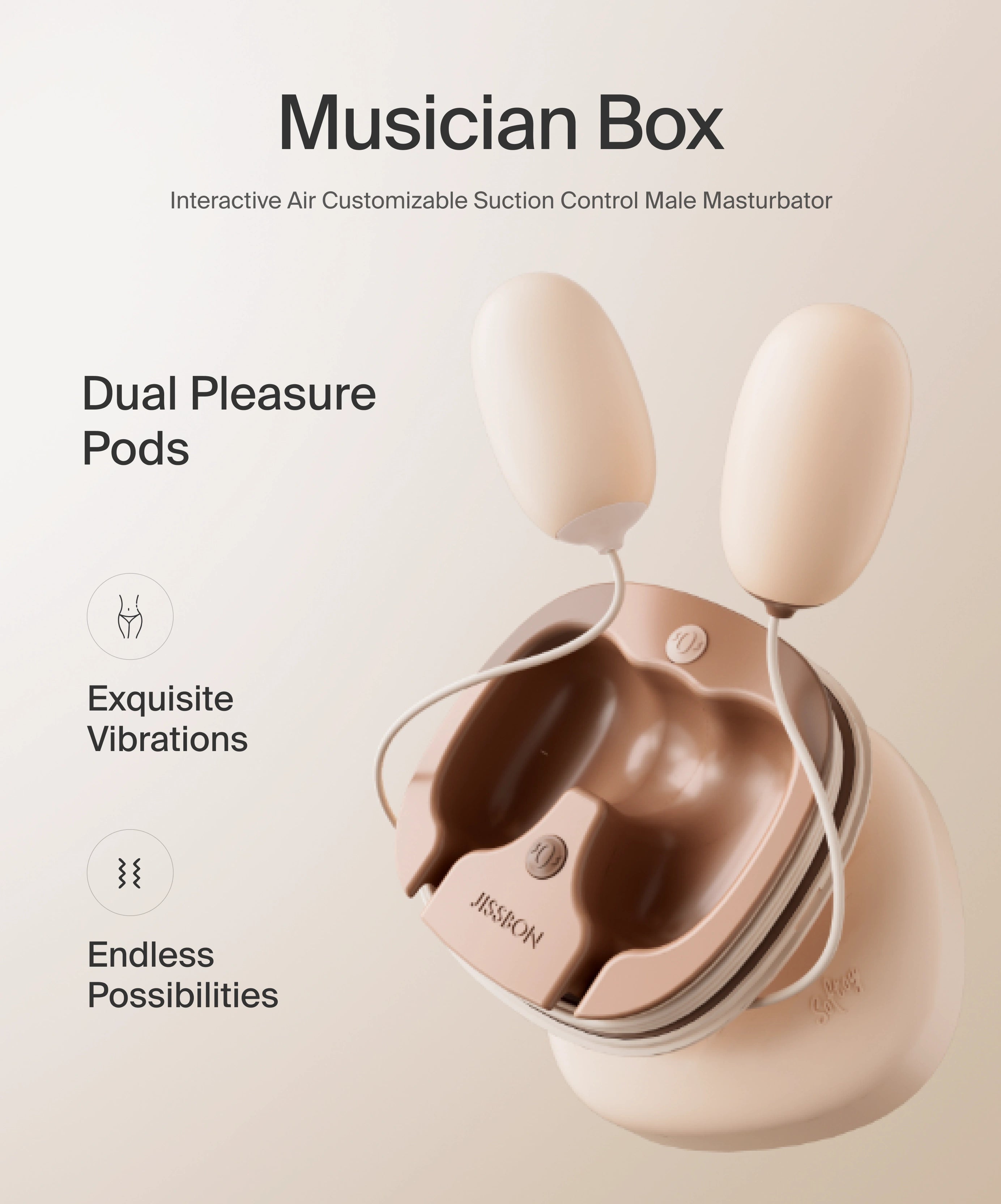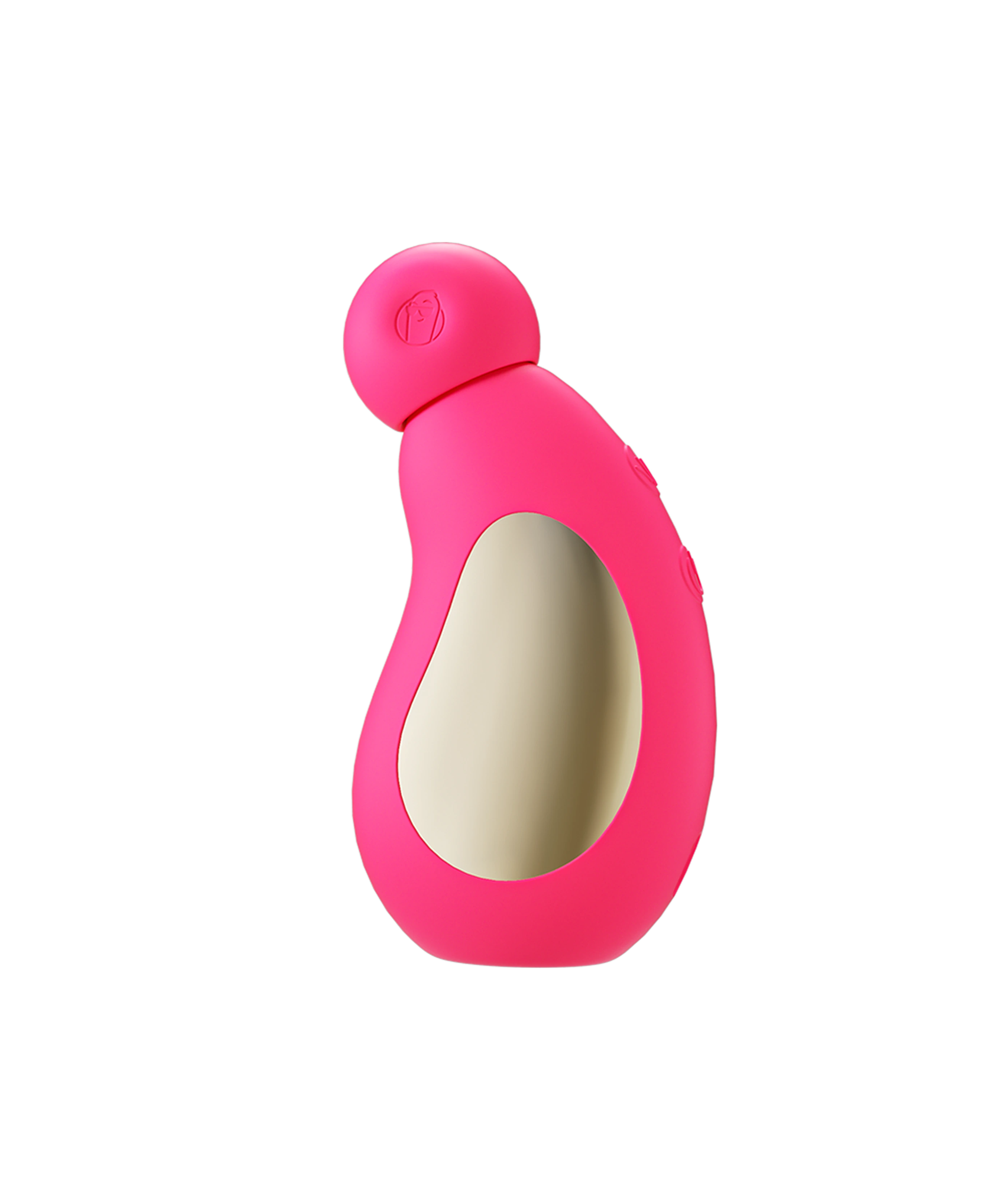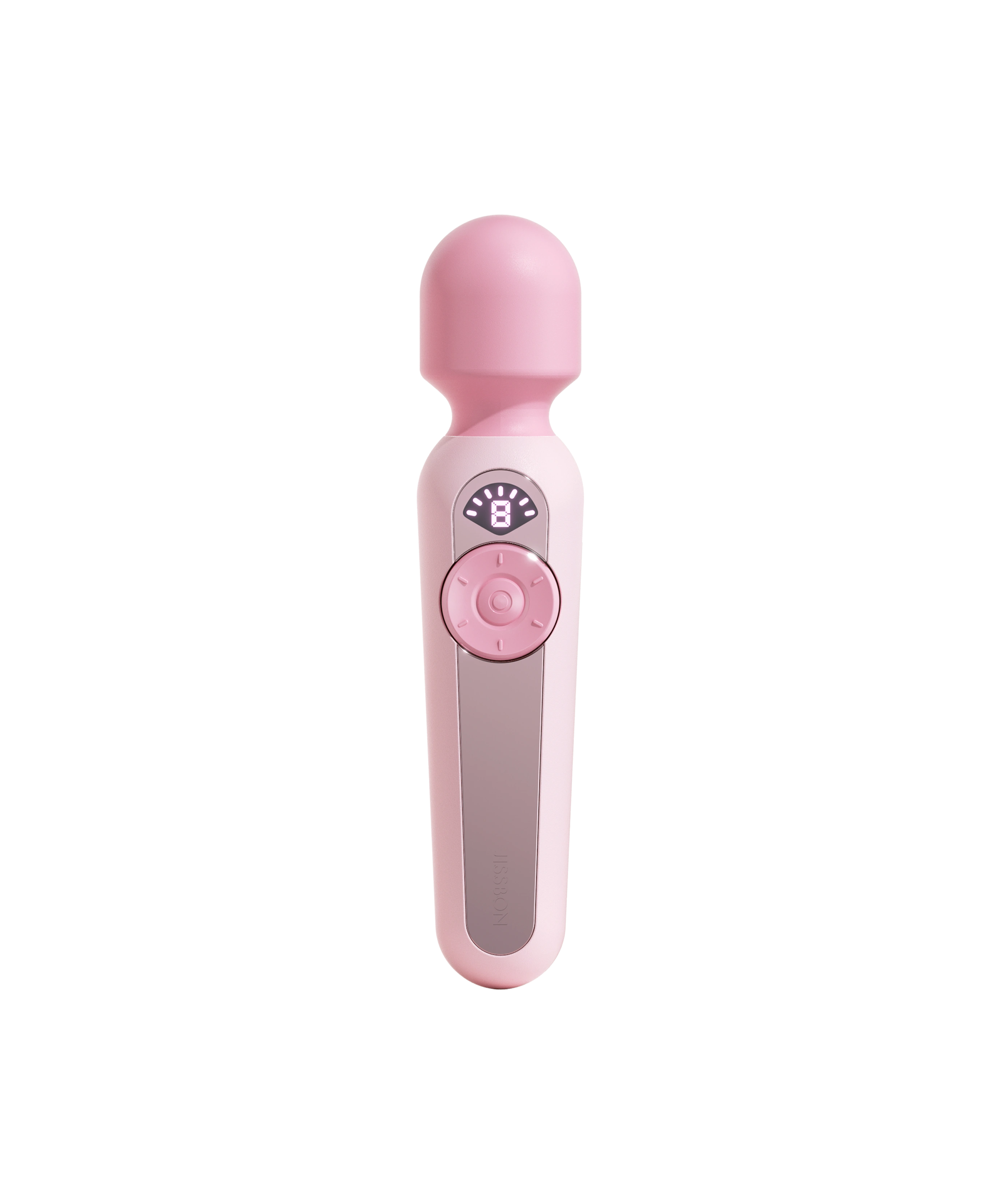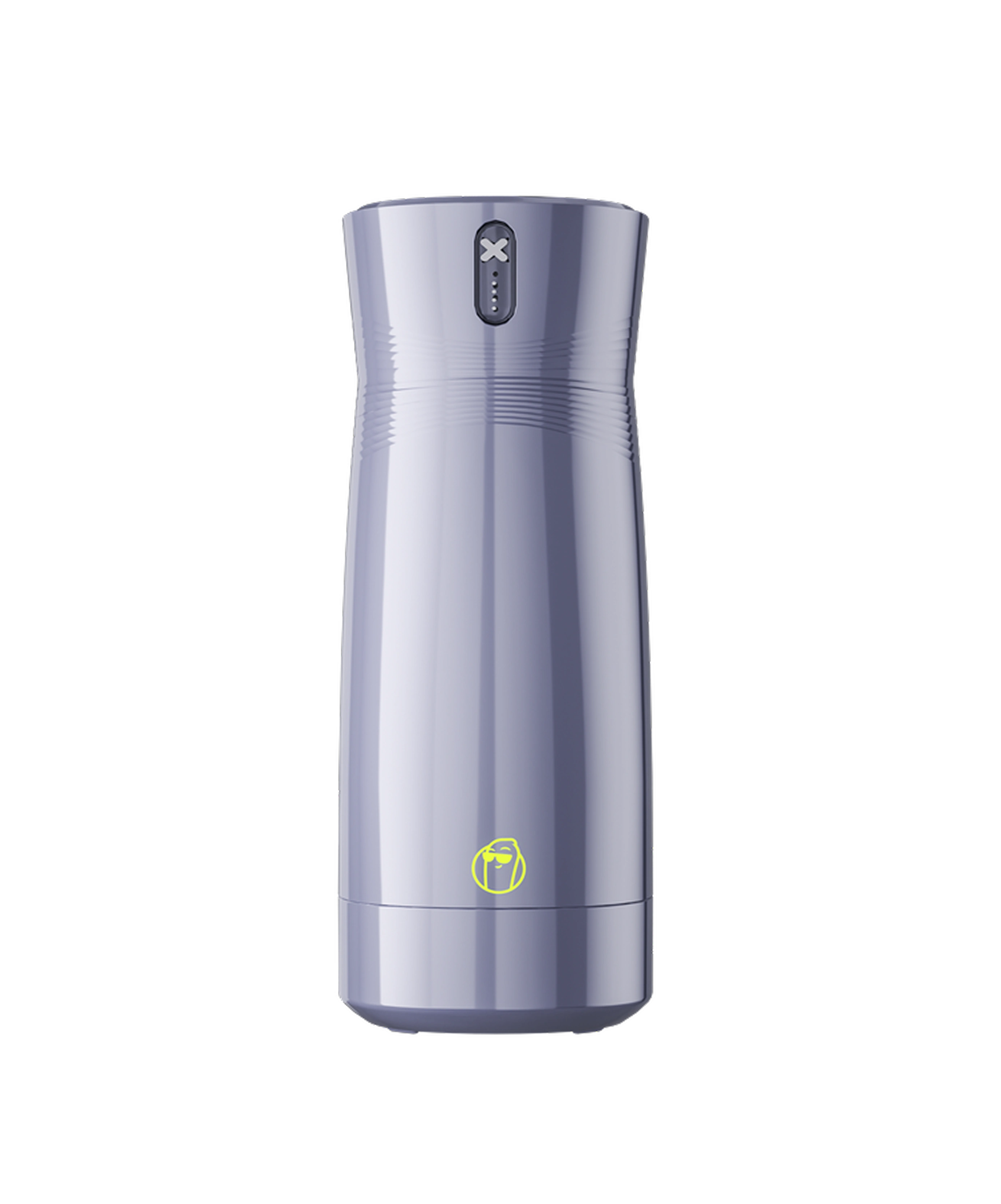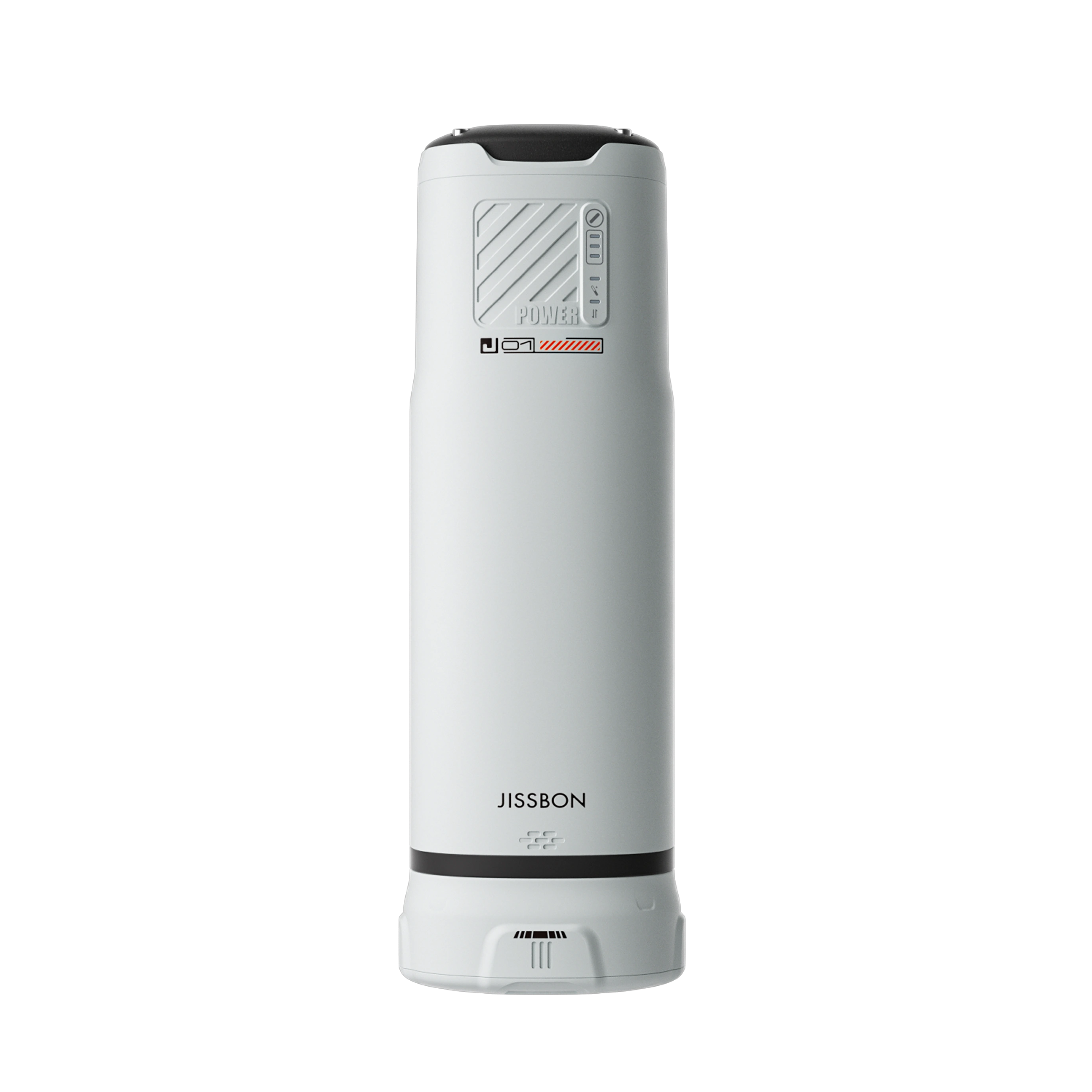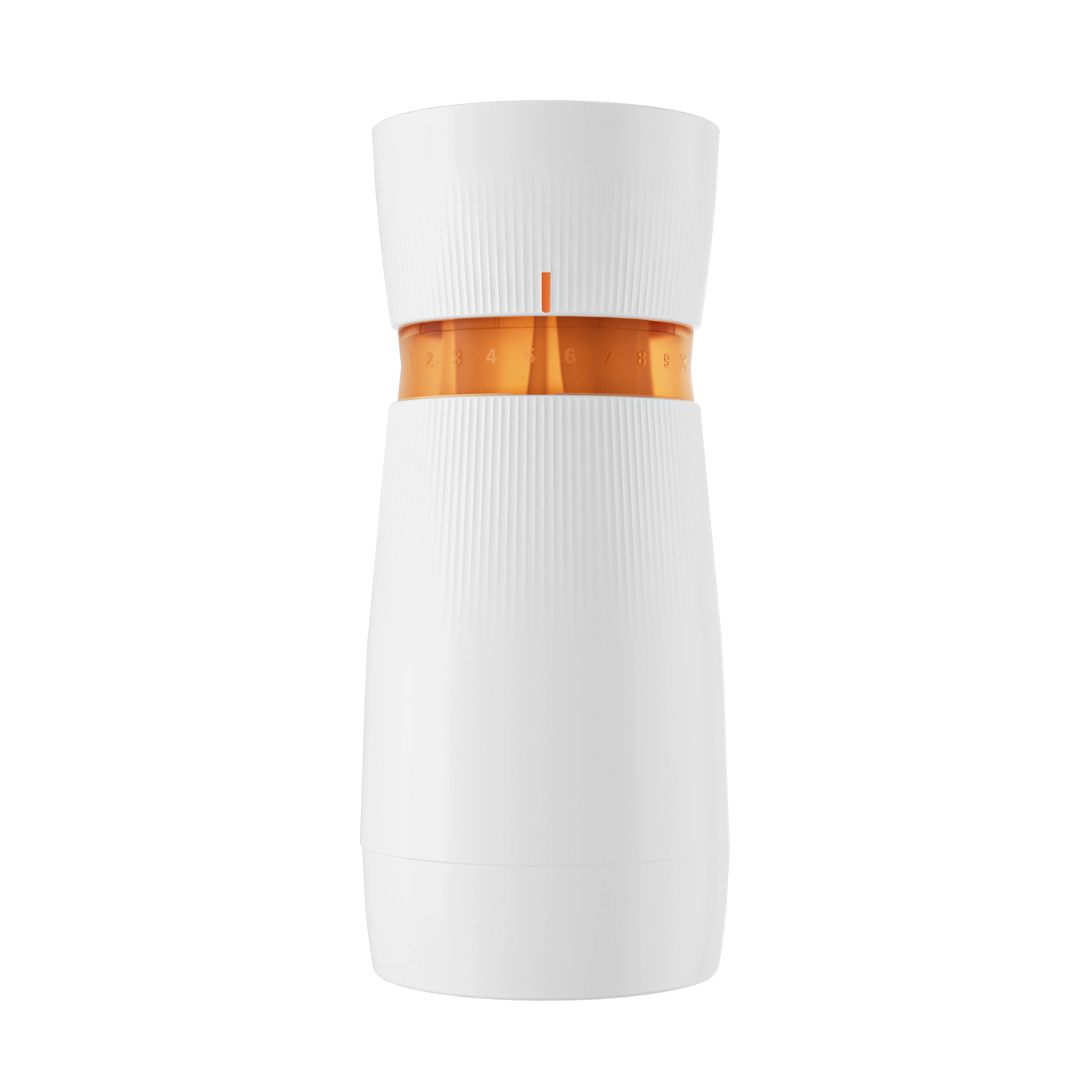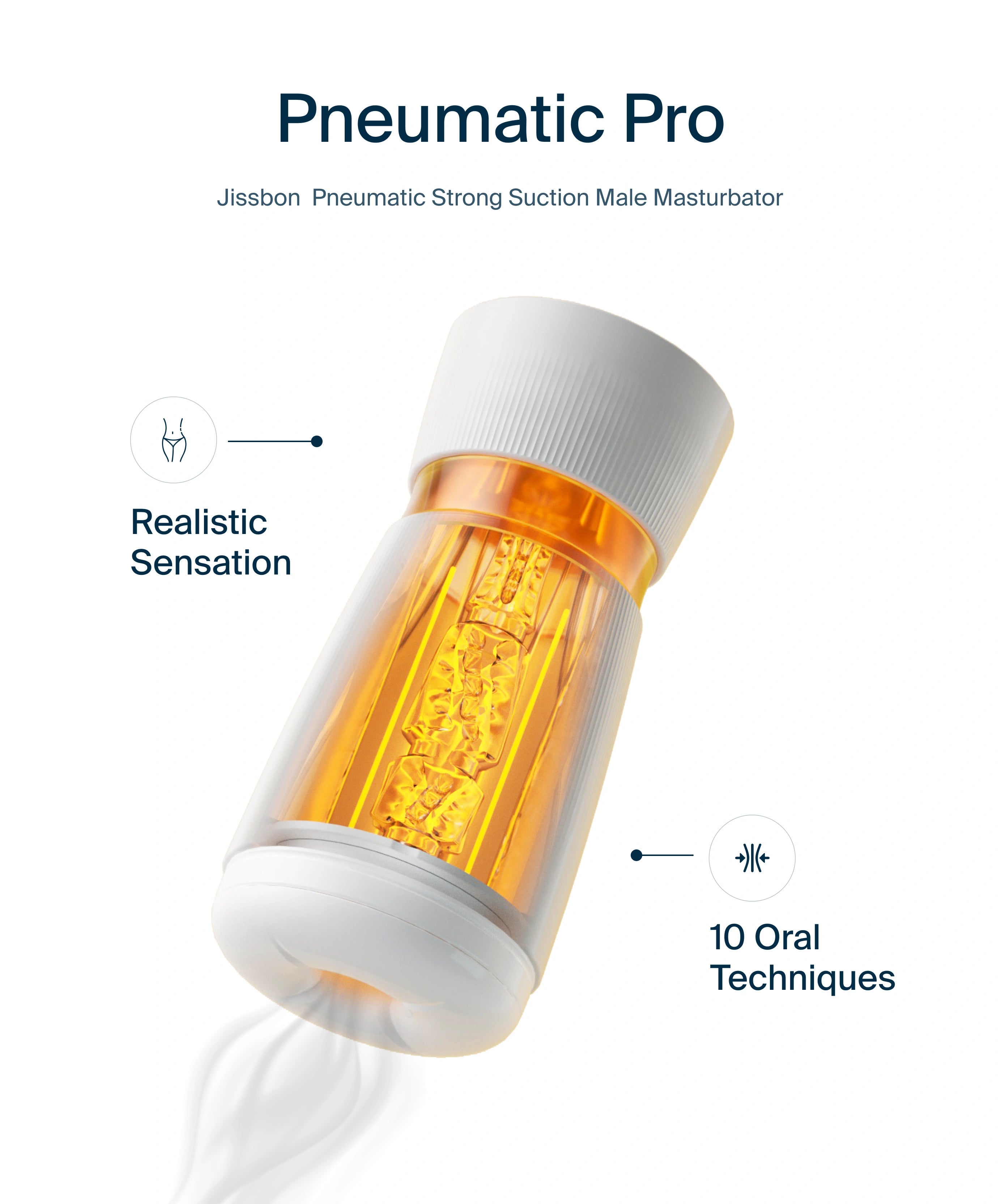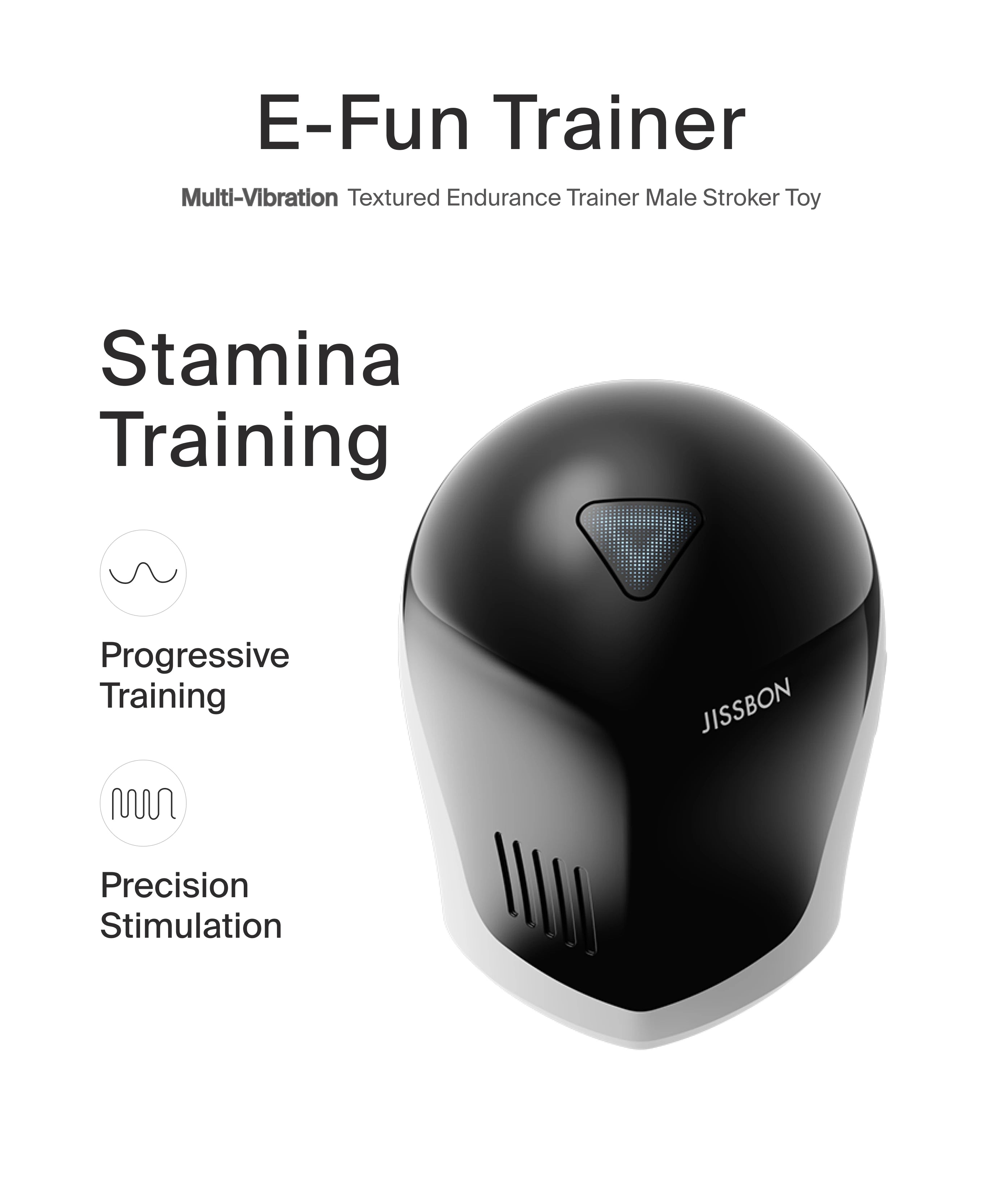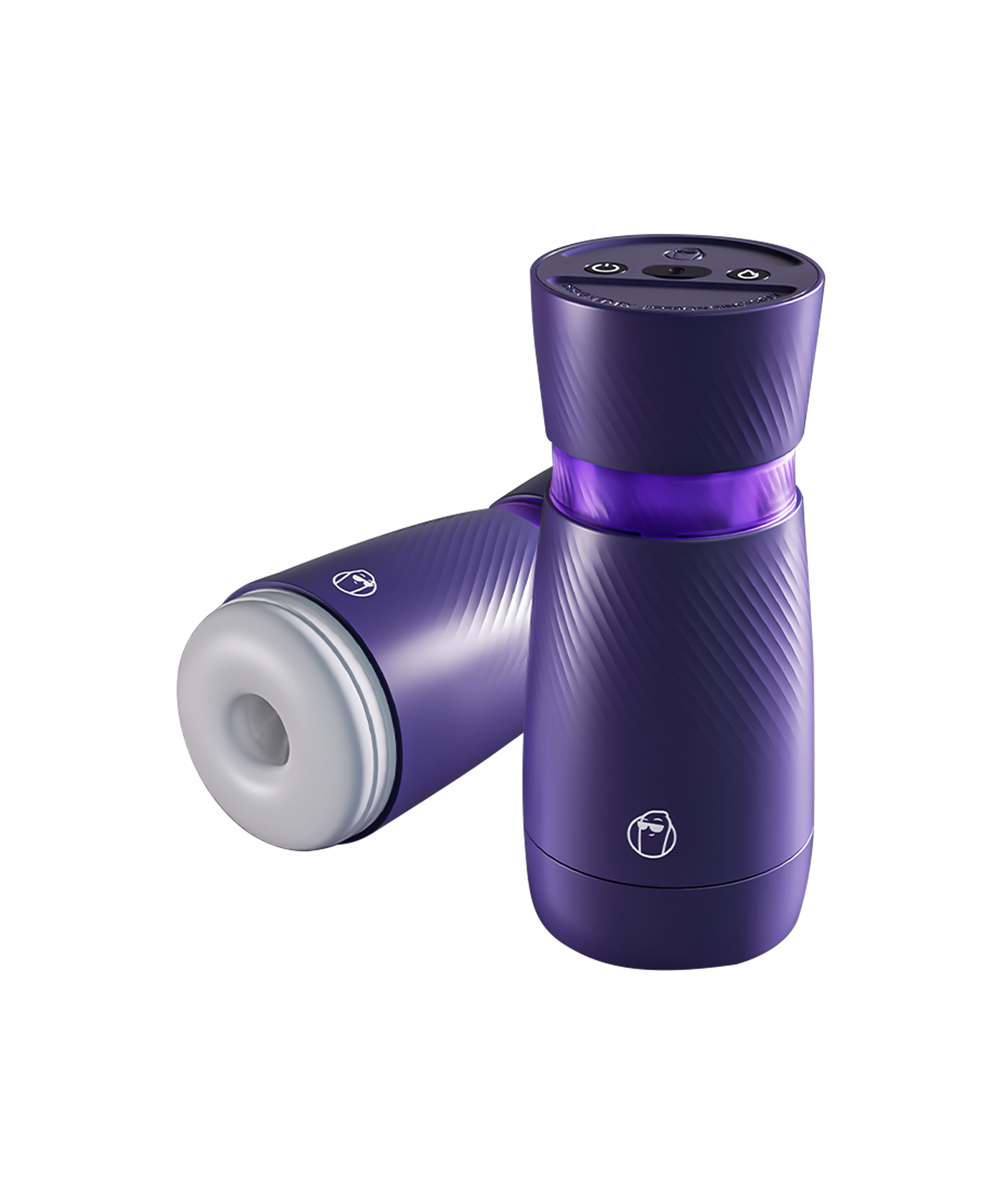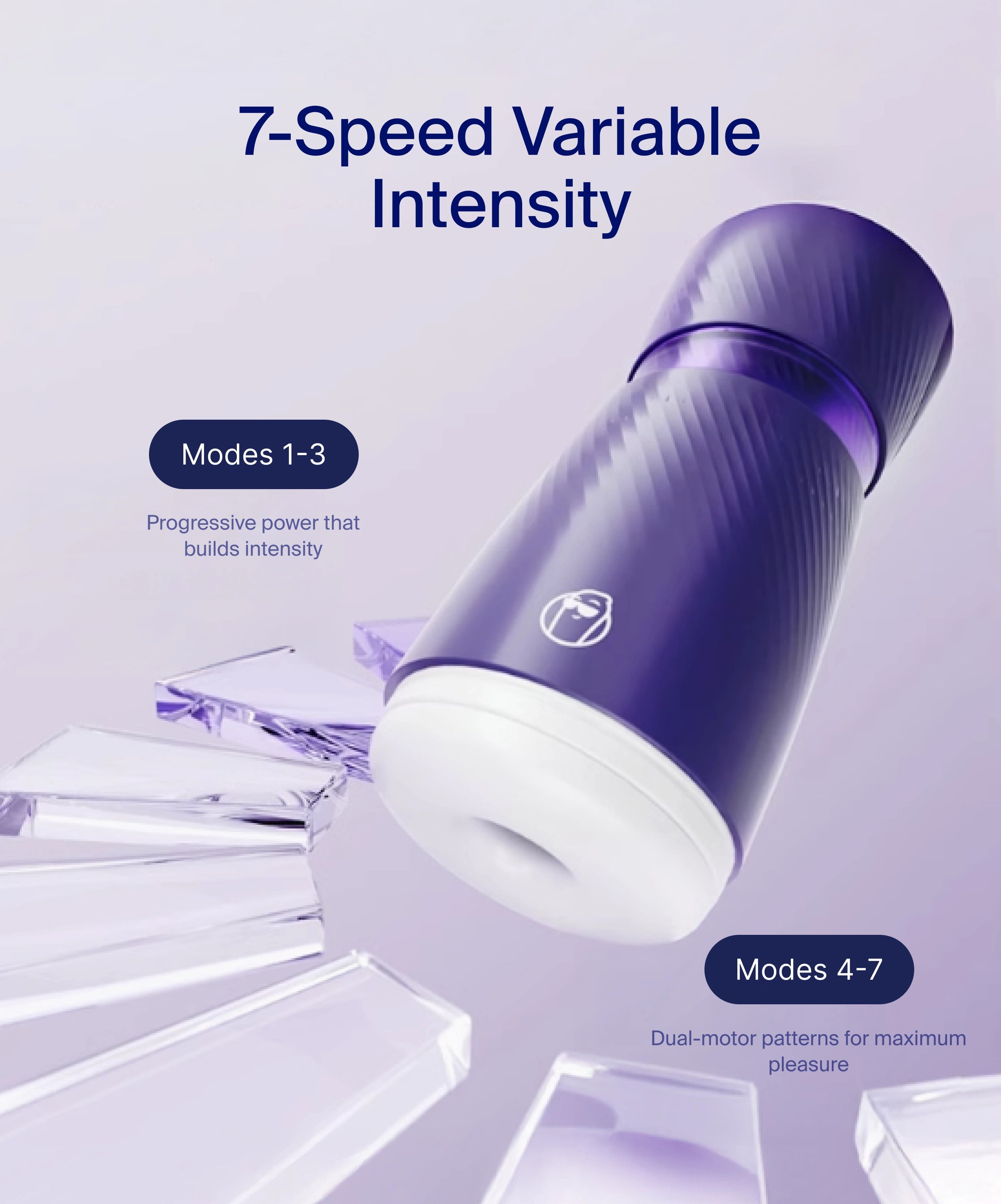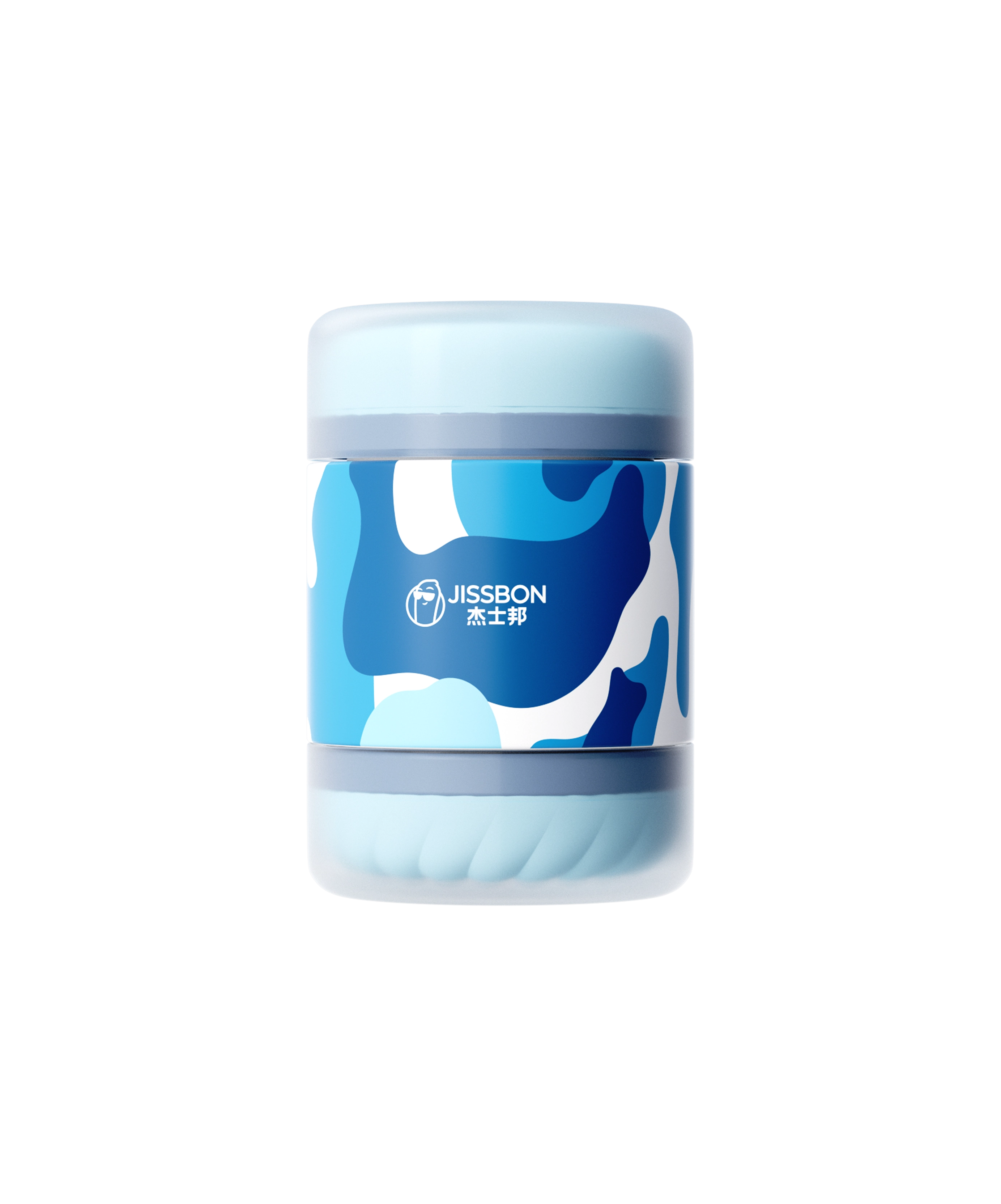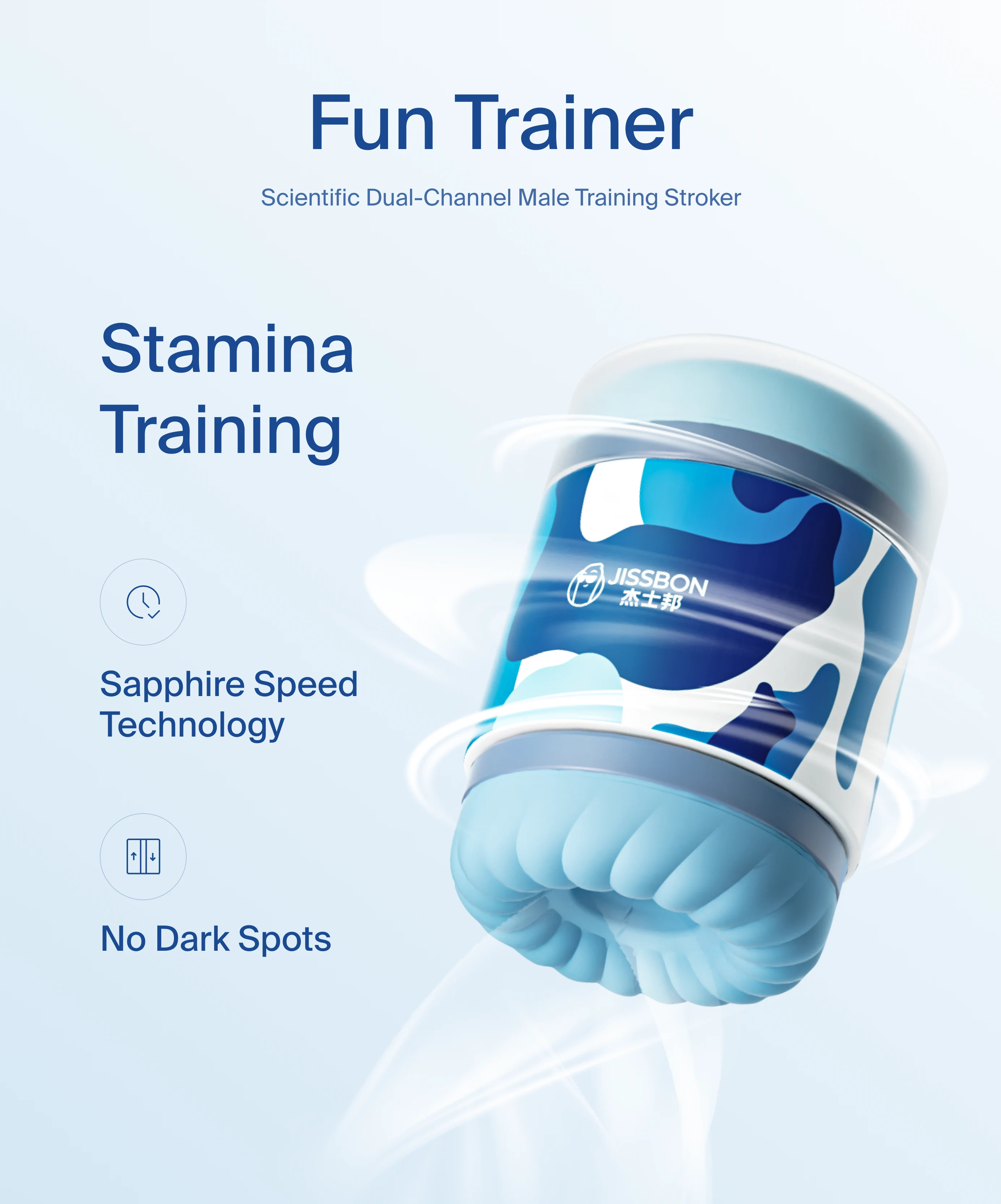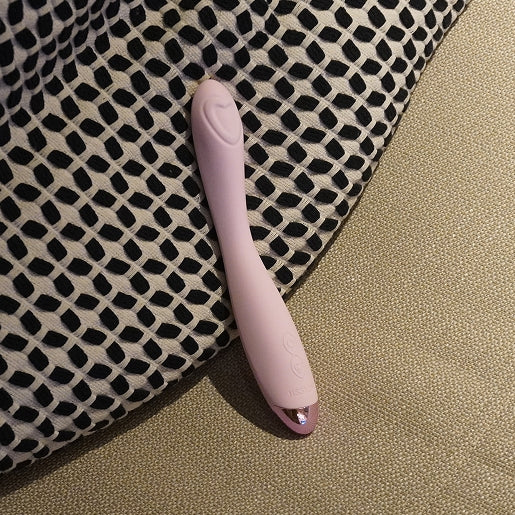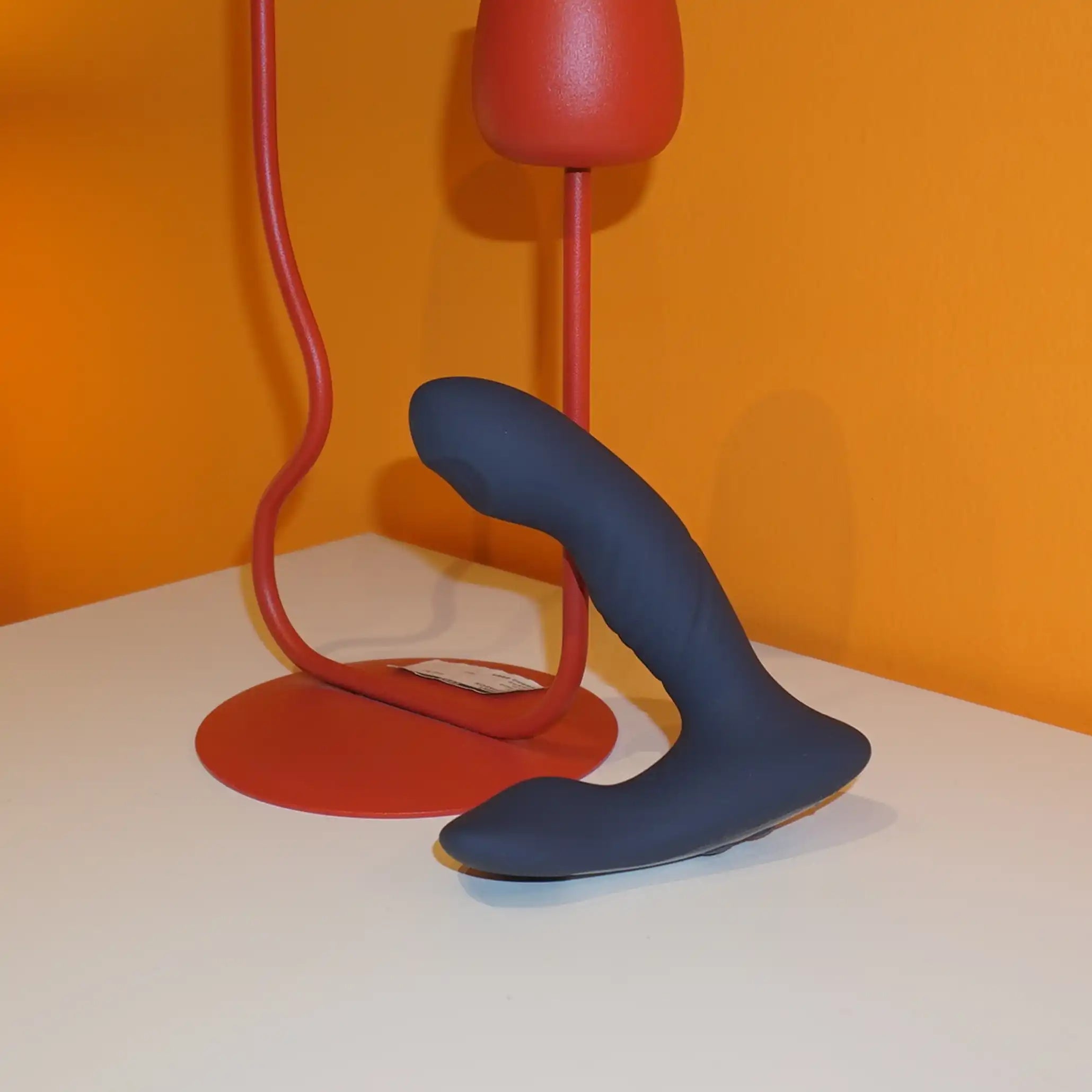A vagina isn’t a fixed-size “tube” that’s either super tight or not—it’s a muscular, elastic canal that lengthens and widens with arousal and returns close to baseline afterward. What most people describe as a “tight vagina” or “very tight vagina” is usually about arousal level, lubrication, pelvic-floor tone, breathing, stress, and technique, not worth or “good sex.” Comfort > tightness. Pleasure comes from relaxation, lubrication, angles, rhythm, and communication far more than from any static level of “tight.”
Why we ask “how tight is a vagina” (and what we really mean)
- Comfort (no pain, no burning, no “stuck” feeling)
- Arousal (soft, welcoming, responsive tissue)
- Fit (pleasant hugging or pressure during penetration, fingers, or toys)
- Control (the ability to squeeze/release)
So when someone asks “how do you know if your vagina is tight?” what they usually want is: will sex feel good—for me and my partner—without pain, and what helps it feel better? That’s what this guide answers.
Anatomy in a minute: elastic, active, adaptive
- The vaginal canal is made of folded (rugae), stretchy tissue surrounded by pelvic-floor muscles.
- At rest, the canal is gently collapsed (think “closed book”). With arousal and lubrication, blood flow increases, tissues plump and lengthen, and the canal can accommodate size changes.
- The pelvic floor (a sling of muscles) can be too tense (hypertonic), too lax (hypotonic), or well-balanced—all of which change how “tight” the vagina feels.
Myth vs. Fact
Myth 1: Tight = good; looser = bad
Fact: Pleasure thrives on arousal, lube, rhythm, and communication. Over-tight muscles can cause pain (burning, tearing, “blocked” entry). A comfortably relaxed vagina with responsive muscle tone is ideal.
Myth 2: Penetration changes size permanently
Fact: Vaginal tissue is elastic, designed to expand (e.g., childbirth) and then recover substantially over time. Long-term changes relate more to hormones, collagen, pelvic-floor tone, births, and aging, not “how much sex.”
Myth 3: You can “measure” tightness with fingers or objects
Fact: There’s no meaningful “number.” What matters is comfort, function, and symptoms (pain, urinary changes, heaviness).
Myth 4: Pain means you’re tight (and that’s good)
Fact: Pain is a red flag, not a compliment. It often signals insufficient arousal/lube, hypertonic pelvic floor, vaginismus, infection, or other treatable issues.

What a “tight vagina” feels like (from the inside out)
- To the vulva owner: When aroused and lubricated, tissue feels full, cushiony, warm, with the ability to squeeze and release without burning or pulling. When unaroused or tense, it can feel dry, narrow, resistant, or even sharp with entry.
- To a partner: “Tight” often reads as pleasant hugging or consistent pressure around the shaft or toy. But the best sensations usually come from angle and rhythm, not a maximal squeeze.
The arousal equation: why “tightness” changes minute-to-minute
- Blood flow & lubrication → Tissue softens and expands; friction drops.
- Breathing & nervous system → Calm, slow exhales signal muscles to let go.
- Time → Many bodies need 5–20 minutes of non-penetrative touch to feel ready.
- Psychology → Stress, self-consciousness, and rushing tighten the pelvic floor. Kind words and patience relax it.
Pelvic-floor tone: hypertonic vs. hypotonic (and why both matter)
- Hypertonic (too tight): Pelvic muscles are always “on.” Symptoms can include pain with entry, burning, tampon discomfort, constipation, or urgency. Sex may feel “blocked,” even with lube.
- Hypotonic (too lax): Less support and grip; may feel less “hug.” Possible leaks with cough/sneeze, or heaviness.
- Balanced tone: Muscles activate and relax on cue—best for comfort and orgasmic control.
If vagina feels tight and painful, think hypertonic. If you want more hug/pressure, think coordination + strength (not force).
Life stages & hormones: why the feel can change
- Early encounters/new partner: Nerves can tighten muscles. Go slower; more warm-up.
- Postpartum: Tissue and tone evolve; gentle recovery + pelvic-floor PT help.
- Perimenopause/menopause: Estrogen shifts can reduce lubrication and tissue elasticity. Lube, longer warm-ups, and discussing vaginal moisturizers or localized estrogen with a clinician can help.
- Cycle phase: Some feel more sensitive or swollen near ovulation; others need extra lube pre-period.
When “tight” actually means pain (and what to do)
- Insufficient arousal/lube
- Vaginismus (protective, involuntary spasm)
- Pelvic floor dysfunction (hypertonic)
- UTI/yeast/BV or skin conditions
- Endometriosis, vestibulodynia, vulvodynia
- Recent procedures or hormonal shifts
Action plan: Focus on external touch, slow breath, lots of lube, and no timeline. If pain persists, see a pelvic-floor physical therapist (PFPT) or clinician—these issues are common and treatable.

How to create comfortable “tightness” (aka pleasure-pressure)
Instead of chasing a “super tight vagina,” aim for responsive tone and sustained comfort.
1) Warm-up first (always)
Spend 10–15 minutes away from penetration: kissing, nipples, thighs, external clitoral play, grinding. This primes blood flow so the canal welcomes entry.
2) Lube is a love language
Use water-based lube liberally; reapply the second there’s drag. Silicone lube lasts longer (avoid directly on silicone toys unless barriered). More lube = less guarding = better sensations.
3) Breathe & release
Try 4-count inhale, 6–8-count exhale with a pelvic floor drop (on exhale, imagine the sit bones widening). This often turns “vagina feels tight” into “now it’s opening.”
4) Angles > force
Entry angle matters. Start with the toy/penis parallel to the back, then tilt slightly toward the belly once inside. Small angle changes reduce poking and increase that “hug.”
5) Short strokes > deep thrusts (early on)
Use short, shallow motions near the entrance at first; it’s the most sensitive area for many. Go deeper after comfort appears.
6) The squeeze-release game (consensual)
Once comfy, try gentle squeezes (Kegel) on exhale, relax on inhale—think waves, not clamps. This adds rhythmic pressure without over-tightening.
Pelvic-floor exercises (use the two-part method)
Part A — Down-training (relaxation), daily
- Diaphragmatic breathing: 5 minutes. Visualize the pelvic floor melting downward on each exhale.
- Happy baby/child’s pose: 1–2 minutes, easy breath.
- Body scan: unclench jaw/shoulders; they’re wired to pelvic tension.
Part B — Coordination & strength (pain-free days), 3–4×/week
- Slow squeeze & release: 5–10 reps (3-second squeeze, 4-second relax).
- Quick flicks: 10 light pulses to practice on/off control.
- End with relaxation: another minute of down-training.
Toys & techniques that help comfort
- Slim, well-lubed toys for gradual entry on tense days
- External toys (vibes/air-pulse) first; add internal only when the body asks for it
- Temperature play: warm compress over the vulva for 2–3 minutes to soften tissue
- Condoms on toys if switching between anal and vaginal play; change between orifices
Partner play: scripts that actually work
- Before: “Let’s go slow and make it comfy first. I’ll tell you when I want more.”
- During: “Hold here… slower… stay shallow.” (Guide hips with your hand.)
- If tightness shows up: “Pause. Let me breathe for a few.” (Hand over their hand; re-lube.)
- After: “Loved that angle; next time, a bit more lube sooner.”
Special cases
- After childbirth: Start with external play, finger exploration, and PFPT if you feel heaviness, pain, or leaks.
- Menopause/perimenopause: Consider vaginal moisturizers, localized estrogen (ask your clinician), and slower warm-ups with more lube.
- Chronic pain conditions: Build a “yes-menu” on good days; keep sessions short; add heat and breath breaks.
If “tight vagina meaning” = “I want more hug without pain”
Try this 3-week micro-plan:
-
Week 1 (relax): Daily 5-minute down-training + warm bath compresses; no forceful penetration.
-
Week 2 (coordinate): Add gentle squeeze-release sets (only if pain-free); continue breathwork.
- Week 3 (blend): External arousal → shallow entry with lots of lube → short strokes → occasional squeeze on exhale → relax.
Track comfort (0–10) before/after; adjust pace based on your body, not a calendar.
Troubleshooting (fast fixes)
- Burning at entry: More arousal time, more lube, smaller toy, check angle. Pause and try exhale-on-entry.
- Feeling “too tight” even with lube: Down-training first; external-only play today; book PFPT if persistent.
- Dryness: Add lube early; discuss moisturizers/estrogen if in peri/menopause.
- Partner says “loose”: Focus on angles, strokes, squeezes, and positions that increase contact (e.g., pillow under hips). “Fit” is teamwork, not a verdict.
- Vagina feels tight and painful: Stop. Consider PFPT/clinician to screen for vaginismus or pelvic-floor dysfunction.
Frequently Asked Questions
How tight is a vagina supposed to be?
There’s no “supposed to.” Comfort and responsiveness matter. With arousal and lube, the canal widens and lengthens; after, it returns close to baseline.
What does a tight vagina feel like to a partner?
Often like a pleasant hug or consistent pressure. Most enjoyment comes from angle, rhythm, and squeezing-and-releasing, not maximal clamping.
How do you know if your vagina is tight?
You can’t measure it meaningfully. Instead, check comfort, lubrication, and whether you can squeeze and relax without pain. Pain = address arousal, lube, and pelvic-floor tension.
Can you make a vagina tighter?
You can improve coordination and comfort (down-training + gentle strengthening + arousal/lube). Chasing “tightest” is counterproductive—aim for pain-free, responsive function.
Why does my vagina feel tight during sex?
Common reasons: not aroused enough, insufficient lube, stress, or hypertonic pelvic floor. Slow down, breathe, add lube, focus externally, and try again later.
Is a very tight vagina better?
Not if it hurts. Pain and resistance signal tension or insufficient arousal. Relaxed, lubricated tissue with responsive tone is “better.”
Do certain positions help if I feel tight?
Yes: on your side with a pillow, missionary with hips elevated, or on top (you control angle/depth). Short strokes first; deeper later.
A simple, comfort-first routine you can copy
- Warm compress (2–3 min) over vulva.
- External play (5–10 min): clitoral, thighs, hips; slow breath.
- Lube generously at the entrance and on toy/partner.
- Exhale-on-entry, shallow strokes, adjust angle.
- Squeeze-release waves once comfortable.
- Aftercare: water, cuddle, heat if tender.
The bottom line
Asking how tight is a vagina is really asking: How do we make sex feel good, safe, and connected? The answer is arousal time, lubrication, breath-led relaxation, pelvic-floor balance, angles, and communication—not a fixed measure of “tightness.” If vagina feels tight, treat it as a comfort and care puzzle, not a value judgment. Go slow, lube a lot, breathe long, and build sensation rather than forcing it. The body is designed to adapt when it feels safe—and that’s when great sex happens.
Read more

The Njoy Pure Wand is a solid stainless-steel curve with a bulb on each end. It’s famous because the shape makes it easier to find and sustain pressure on the G-spot (front vaginal wall) and the pr...
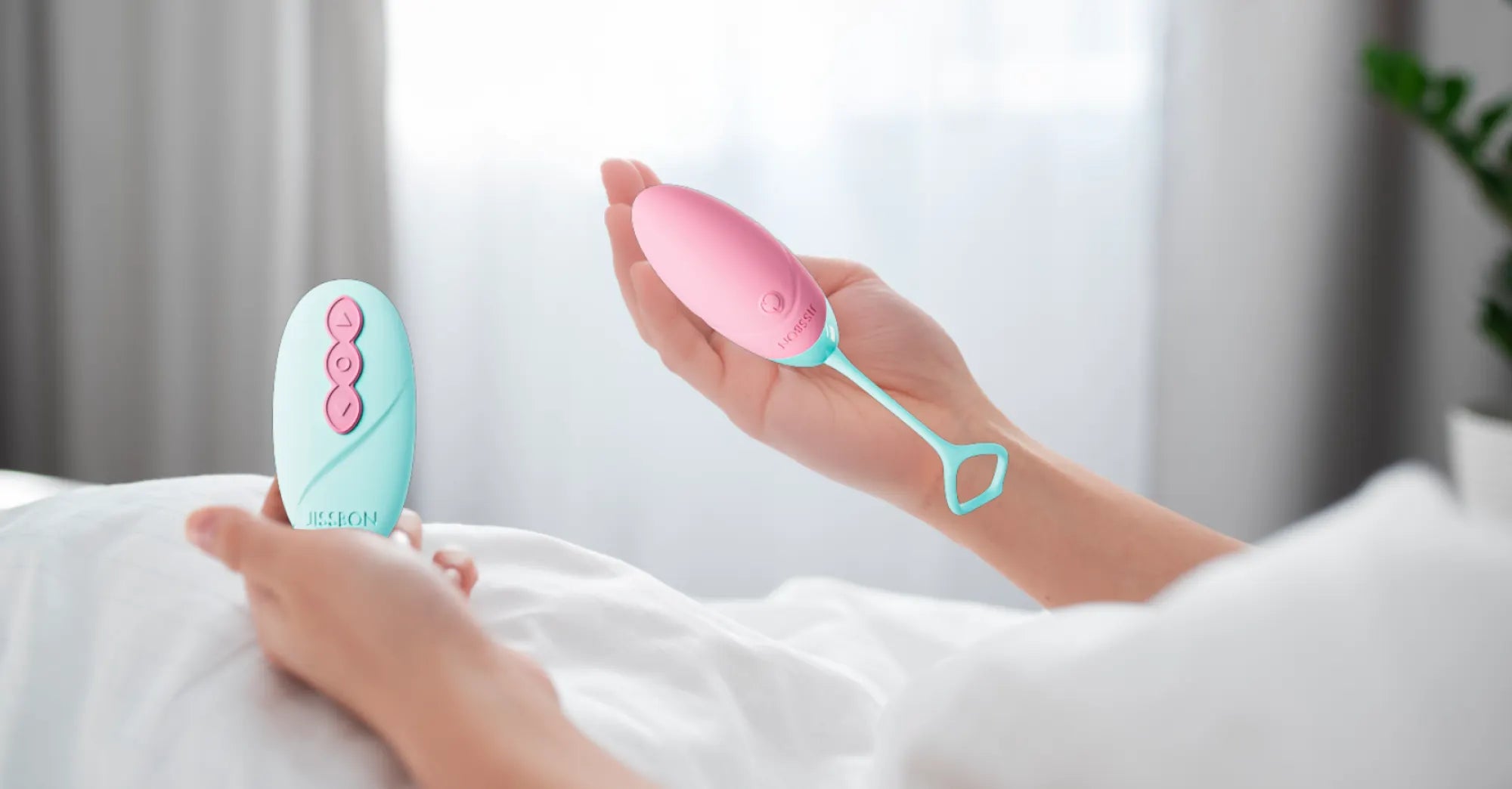
The Femme Fun Booster Bullet is a compact, silicone-coated bullet with 20 vibration modes, a Boost button that jumps straight to max power, and a magnetic charging case for discreet storage. It’s w...
